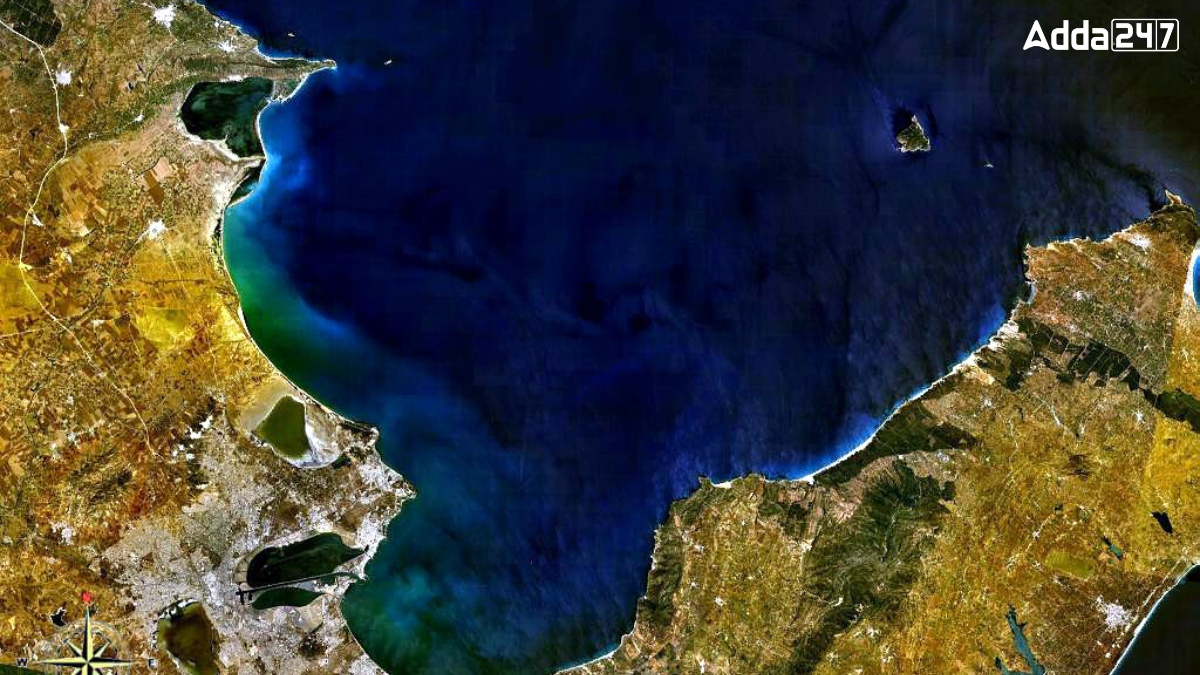Gulfs are vast bodies of water partially enclosed by land, serving as crucial ecosystems and vital trade routes. They are rich in marine life and natural resources, influencing the economies and cultures of surrounding regions. The five largest gulfs in the world have unique characteristics and play significant roles in global shipping, fishing, and biodiversity.
What are Gulfs?
Gulfs are large bodies of saltwater that are partly surrounded by land. They are smaller than oceans but larger than bays. Gulfs can be found all over the world and are important for many reasons. They provide rich habitats for marine life, serve as major shipping routes for trade, and offer recreational areas for fishing and tourism. Their unique shapes and locations help shape the climate and geography of nearby areas.
Top-5 Largest Gulfs in the World
The world is home to many impressive gulfs, each with its own significance and beauty. Here is a list of the top five largest gulfs, showcasing their unique features and importance in global geography.
- The Gulf of Mexico
- The Gulf of Guinea
- Gulf of Alaska
- Hudson Bay
- The Persian Gulf
The Gulf of Mexico, World’s Largest Gulf
The Gulf of Mexico is the largest gulf in the world, covering 600,000 square miles. Bordered by the U.S., Mexico, and Cuba, it boasts the largest fishery globally, supporting diverse marine life. Major industries in the region include fishing, tourism, and oil production, making it economically vital.
Second Biggest Gulf in the World – Gulf of Guinea
The Gulf of Guinea is the second largest gulf, located along the western coast of Africa. It is bordered by several countries, including Nigeria and Ghana. The low salinity caused by the rivers flowing into it leads to limited marine life. The volcanic islands in the gulf offer potential for ecotourism.
World’s Third Largest Gulf – Gulf of Alaska
The Gulf of Alaska, the third largest gulf, is located along the southern coast of Alaska. Known for its stunning glaciers and rugged coastline, it is rich in marine life. The gulf experiences a unique phenomenon where glacial waters create a distinct color boundary in the water during summer.
Fourth Largest Gulf of the World – Hudson Bay
Hudson Bay is a large gulf in northeastern Canada, bordered by land on all sides. Named after explorer Henry Hudson, it connects to the Arctic Ocean and has a cold climate. The bay is significant for shipping and fishing, with many rivers flowing into it. Climate change is affecting its ice coverage.
Fifth Largest Golf in the World – The Persian Gulf
The Persian Gulf is famous for being one of the largest sources of oil in the world. Located between the Arabian Peninsula and Iran, it has been the center of major conflicts, including the Iran-Iraq War. It supports diverse marine life, but this has been impacted by industrialization and oil spills.





 Which City is known as the City of Bambo...
Which City is known as the City of Bambo...
 Who was the First Home Minister of India...
Who was the First Home Minister of India...







